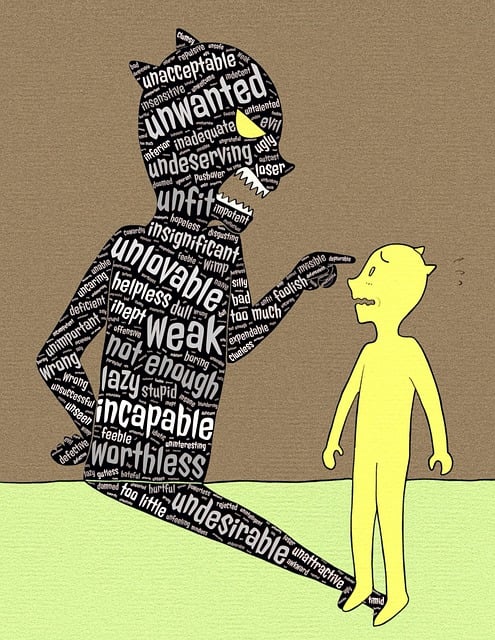Have you ever woken up feeling weighed down by yesterday’s problems? It’s easy to carry over stress, disappointment or frustration from the previous day, but doing so makes it harder to focus on new opportunities. Each morning presents a fresh start — an opportunity to reset your mindset and approach the day with renewed energy and optimism. The way you begin your day influences how you handle challenges, interact with others and ultimately shape your own success.
Confidence in your abilities to go after your goals can sometimes be difficult to find or keep.
It can sometimes take time to discover the confidence you have inside you. This can be especially true if you are trying something new.
I have a program that can help you to discover what is holding you back from achieving your goals as well as help you set an attainable goal related to where you are in your life and where you are trying to be.
This program also works with you to build up your confidence in being able to reach your goal.
You can find out more about this program at Confidology, a funny name but a serious program.
You can contact me to talk about this or any other aspect of confidence and success at michael@coachmichaelw.com
Visit the site and read through the program description.
If you are not ready to commit to a full program, I have a self-paced course on Udemy that may be of interest. You can find out about the course and register at Confidence and Motivation Development and Maintenance
Carrying emotional baggage from one day to the next creates a cycle that can be difficult to break. When you allow negative thoughts to linger, they colour your perception of everything that follows. This is why starting each day with a fresh mindset is essential. It doesn’t mean ignoring your problems; it means approaching them with a renewed sense of clarity rather than allowing them to define your mood before the day even begins.
A fresh start each day allows for new perspectives. Problems that seemed overwhelming yesterday may feel more manageable after a good night’s rest. Sleep plays a crucial role in emotional regulation, helping the brain process information and reset stress levels. When you wake up, you have an opportunity to reframe your thoughts, shifting your focus from frustration to possibility.
Many people unknowingly sabotage their day by immediately focusing on what went wrong the day before. The first thoughts you entertain in the morning set the tone for the rest of the day. If you wake up thinking about failures, mistakes or stress, you’re more likely to carry those feelings with you. However, if you make a habit of starting the day with a positive thought or an intention for growth, you create momentum that can carry you through even the most difficult challenges.
One of the most effective ways to reset your mindset each morning is by practising gratitude. Taking a moment to appreciate what you have — even if it’s something simple — shifts your focus toward positivity. This doesn’t mean ignoring struggles; it means recognizing that, despite difficulties, there are still things worth appreciating. Acknowledging even small victories from the previous day can build confidence and motivation.
A morning routine that reinforces a fresh start can also make a difference. Simple habits such as deep breathing, stretching or journaling can help clear mental clutter and set a positive tone for the day. Some people find that reading something uplifting or listening to inspiring music in the morning helps shape their mindset before diving into responsibilities. The key is to engage in practices that remind you that each day is a new opportunity to make progress.
Your environment also plays a role in how you start your day. Waking up to a chaotic space or immediately engaging with negative news can make it difficult to maintain a clear mindset. Being intentional about what you expose yourself to first thing in the morning — whether it’s positive reading, affirmations or a moment of quiet reflection — can have a lasting impact on your outlook.
Actionable Step:
Before getting out of bed each morning, take a moment to focus on something positive. Set an intention for the day, whether it’s staying calm in stressful situations, focusing on productivity or simply appreciating small moments of joy. If negative thoughts arise, acknowledge them but shift your focus to what you can control today. Making this a daily habit can help rewire your brain to embrace each morning as a fresh start.
Starting each day with a renewed mindset allows you to break free from yesterday’s frustrations and focus on new possibilities. Problems don’t disappear overnight, but how you approach them can change dramatically when you give yourself permission to start fresh. When you cultivate this habit, you create a foundation for resilience, motivation, and long-term success.
To talk about any aspect of success or working with a Life Coach to help you to achieve success, you can book a 30-minute call by clicking on the blue button below.
Don’t try to do all of this by yourself, ask and receive the guidance that can get you moving towards your own success.
Working together can help you overcome personal and professional barriers, ensuring you reach your highest potential.
Nothing happens until action is taken.
To your success.
Michael
P.S Don’t forget to visit Confidology to learn more about the program. If you are not ready to commit to a full program, I have a self-paced course on Udemy that may be of interest. You can find out about the course and register at Confidence and Motivation Development and Maintenance
P.P.S if you want to find out more about my programs just check out the site Confidence and Life Coaching
P.P.P.S. If you enjoy reading these articles on my blog, I have more books that have more of this type of information that you can find out more about at Books to Read. You can buy these ebooks at many on-line book stores. The links to the bookstores are at the link above.
Photo by Jenny Walsh on Unsplash






